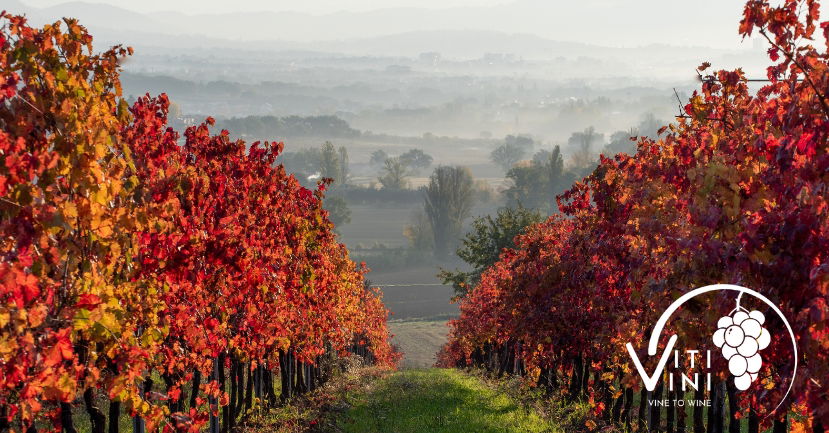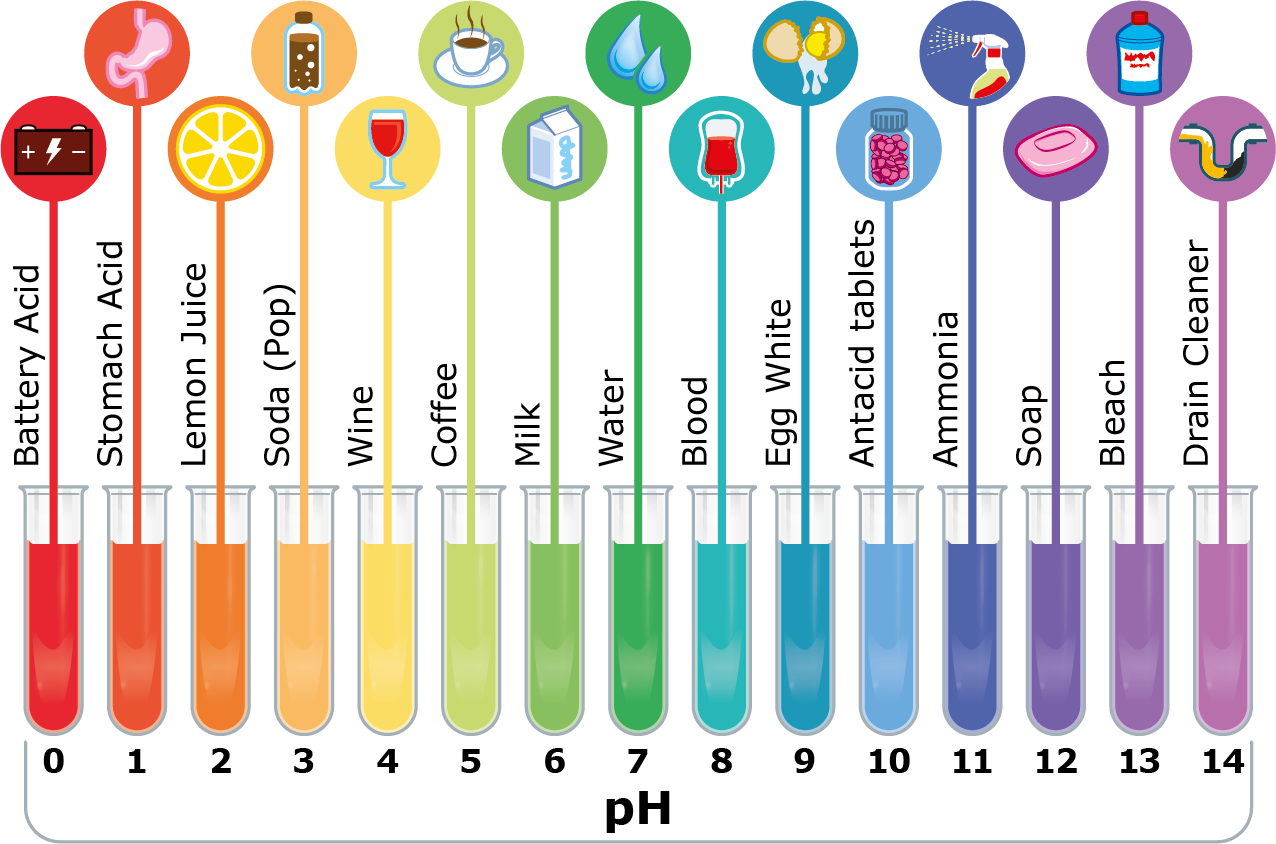BLOG
Vine to Wine: A Year of Viti/Vini - November
Nova Cadamatre MW
Wine Fundamentals

At the start of November, areas with long growing seasons are still wrapping up harvest, but most wineries in the northern hemisphere have brought their grapes into the winery. An exception to this rule is any fruit being left out for ice wine production.
Ice Wine Production
Grapes destined for ice wine production must hang on the vine until temperatures reach a consistent 20°F/-7°C or below. Only at this point, can the frozen berries be harvested.
November begins with a lot of activity in the winery and ends with everyone taking a collective sigh of relief. The growing season is at an end and most wine production professionals can take a moment to reconnect with their families and friends and take a well-deserved vacation.
Once the fruit is harvested, many growers (especially those in arid areas) will give their vines a drink of water, if irrigation is allowed. In non-irrigated vineyards, fall rains are most welcome prior to the first hard frost. This water gives the vine a bit of a boost to help convert the last of the fading fall sunlight into sugar which will serve as the vine’s carbohydrate reserves for the next growing season. The vine depends upon these carbohydrate reserves to bud out the following spring and feed the plant until the nascent leaves are large enough to start supplying sugar via photosynthesis. Up until that point, the new leaves are “sinks,” i.e. they use more sugar than they produce. Read more about bud break in April’s post.
The vine is moving toward dormancy. Previously green shoots are becoming fully lignified and turning brown; next year’s buds are sleeping quietly in wait for spring. After the first hard frost, the vine loses its leaves through a process called senescence. This marks the end of the growing season for the vine.
Once the hard frost has occurred and the vines are fully dormant, a vineyard manager can go through and mechanically pre-prune the spur-pruned vineyards. Cane-pruned vineyards cannot be pre-pruned since a whole cane is retained (and sometimes several). These cuts can only be done by hand and will need to wait for the hand crews in January.
This is also a time for trellis maintenance. New wires can be laid out and posts replaced. Any other work that is needed can be done during the dormant period. In warm climates, winter cover crops may be planted to help prevent erosion during the rainy season. In cold climates, vines may have their graft unions covered or the entire vine may be buried to protect the buds from extreme winter temperatures. Vineyard machinery is cleaned and put away until the next year. In nurseries, scions are grafted onto rootstocks. This enables the new vines to root over the winter in preparation for planting the following spring or summer. Vineyards that have reached the end of their life are being pulled out after their last harvest and plans are being drafted for the planting of new vineyard blocks.
In the winery, the number of active fermentations is rapidly dwindling as each lot finishes to dryness (or to the winemaker’s desired stopping point). For whites, the first SO2 additions are made, unless the wine will be going through malolactic conversion. (Typically, Chardonnay undergoes malolactic conversion as it can benefit from the added complexity of soft, creamy elements and the hint of dairy delivered by lactic acid.)
Almost all red wines undergo malolactic conversion also. The sharp malic acid accentuates tannins and decreases body so the conversion to the softer lactic acid enhances mouthfeel.
Malolactic conversion is commonly completed by a specific strain of lactic acid bacteria called Oenococcus oeni. This strain has unique characteristics that allow it to live in the low pH levels that are commonly found in wine. O. oeni will survive in a pH below 3.0 while most other malolactic bacteria, including the wild species which we covered in July, will only survive in a pH greater than 3.5. This means that wines can be protected from spoilage organisms naturally by maintaining a lower pH than is tolerable for them!
Speaking of pH, this is a great opportunity to discuss acidity in wine in general. To do this, it is important to understand the difference between Total Acidity and pH. Total Acidity (TA) refers to the amount of acidity in a given solution and is usually referenced in grams per liter (g/L); pH reflects the strength of that acidity and is measured by how readily it ionizes in a given solution. The calculation for pH is as follows:
pH = - log [H3O+]
In words, pH equals the negative log of the hydrogen ion concentration of a given solution. The stronger the acid, the more hydrogen ions plug into the equation.

There are four main acids found in wine. (Succinic acid plays a minor role and will not be discussed.) The first and the strongest of them is tartaric acid which is found naturally in grapes. Adding tartaric acid to a wine will shift the pH and the TA quite a bit. A small amount of tartaric acid is precipitated out during cold stabilization (as potassium bitartrate/cream of tartar) which will usually result in a minor pH shift and TA drop. The extent of the analytical change is unique to each wine.
The next major acid is malic acid. This acid is also found in apples (Malus genus, hence the name “malic”). Malic acid is extremely high in unripe grapes and slowly drops as the grapes ripen. It is not a strong acid but does have a considerable effect on TA. While the “sour” taste in wine is mostly attributed to tartaric and is driven by pH, malic’s impact on the palate is one of “freshness.” When a wine undergoes malolactic conversion, malic acid is converted to lactic acid. Lactic acid is softer and creamier on the palate; it is found in dairy products. Malolactic conversion will result in a lower TA and higher pH which will change the mouthfeel of the wine.
The last main acid up for discussion is actually a category of volatile acids of which acetic acid plays the dominant role. Acetic acid is a normal byproduct of fermentation. It is produced by yeast at extremely low levels… unless those yeasts are stressed. However, some spoilage organisms can produce high amounts of acetic acid. Low levels of acetic acid can emphasize tropical characters like mango and pineapple while higher levels can create a sour vinegar-like smell that can be off-putting. Like malic and lactic, acetic acid is a relatively weak acid, but even small amounts can have a big impact on the aromatic profile of the wine.
These four acids, together, not only have a huge impact on flavor and mouthfeel but also impact a wine’s color, stability and longevity. The hues that are visible to the naked eye are closely tied to the pH of the wine. A wine with higher pH will show more blue and brown colors while a wine with lower pH will show more deep red, purple, and pink hues… particularly on the rim. As discussed above, wines with lower pH are more protected from spoilage organisms and require less sulfur dioxide (SO2) to achieve stability. Wines with lower pH usually age longer than wines with a higher pH level (although there are other factors which go into improving the longevity of a wine, in addition to pH).
Ageability
There are four key components that lead to the ageability of wine. Any combination of two or more of these components increases a wine’s ability to age, although in rare instances, one will suffice.
Acid: Having a low pH and high total acidity helps protect the wine from microbial spoilage as well as oxidation since Free SO2 is more effective at lower pH levels. Riesling and Hunter Valley Semillon are good examples of wines that age well primarily due to acid.
Sugar: High sugar levels help contribute to the ageability of wine since the combination of high sugar concentrations and alcohol will inhibit microbial growth. Sauternes and sweet styles of Riesling attribute their longevity to sugar.
Alcohol: High alcohol protects a wine from microbial spoilage particularly when above 18% such as is the case with fortified wines. Ports and Rutherglen Muscats are two examples of wines whose ageability benefits from higher alcohol levels (and high sugar levels).
Tannin: Tannins serve as an antioxidant and slows down the aging process. Tannins, when combined with low pH and high acid levels, help many red wines such as Barolo and many Cabernet Sauvignon-based wines age for decades.
For our final month, we will explore the steps needed to maintain soil health in the vineyard (including amendments) and dive further into the complex and often controversial subject of sulfur compounds in wine.
About "Vine to Wine: a Year of Viti/Vini" Series:
“Vine to Wine” is a new blog series that chronicles what is happening in the vineyard and in the winery each and every month of the calendar year. Nova Cadamatre, MW and winemaker, will author these authoritative and detailed posts drawing upon her studies (Cornell Viticulture and Enology graduate) as well as her winemaking experience in California, China and the Finger Lakes.
Each “Vine to Wine” installment details that month’s vineyard and winery tasks with deep dives into a particular grape growing or wine making topic such as pruning methods and training systems or barrel aging and fermentation vessels.
The series is designed to give wine students and educators an opportunity to develop or hone their technical savvy.
MORE "VINE TO WINE" ARTICLES:
Want to know when new blog articles are released? Join this list to be notified!



